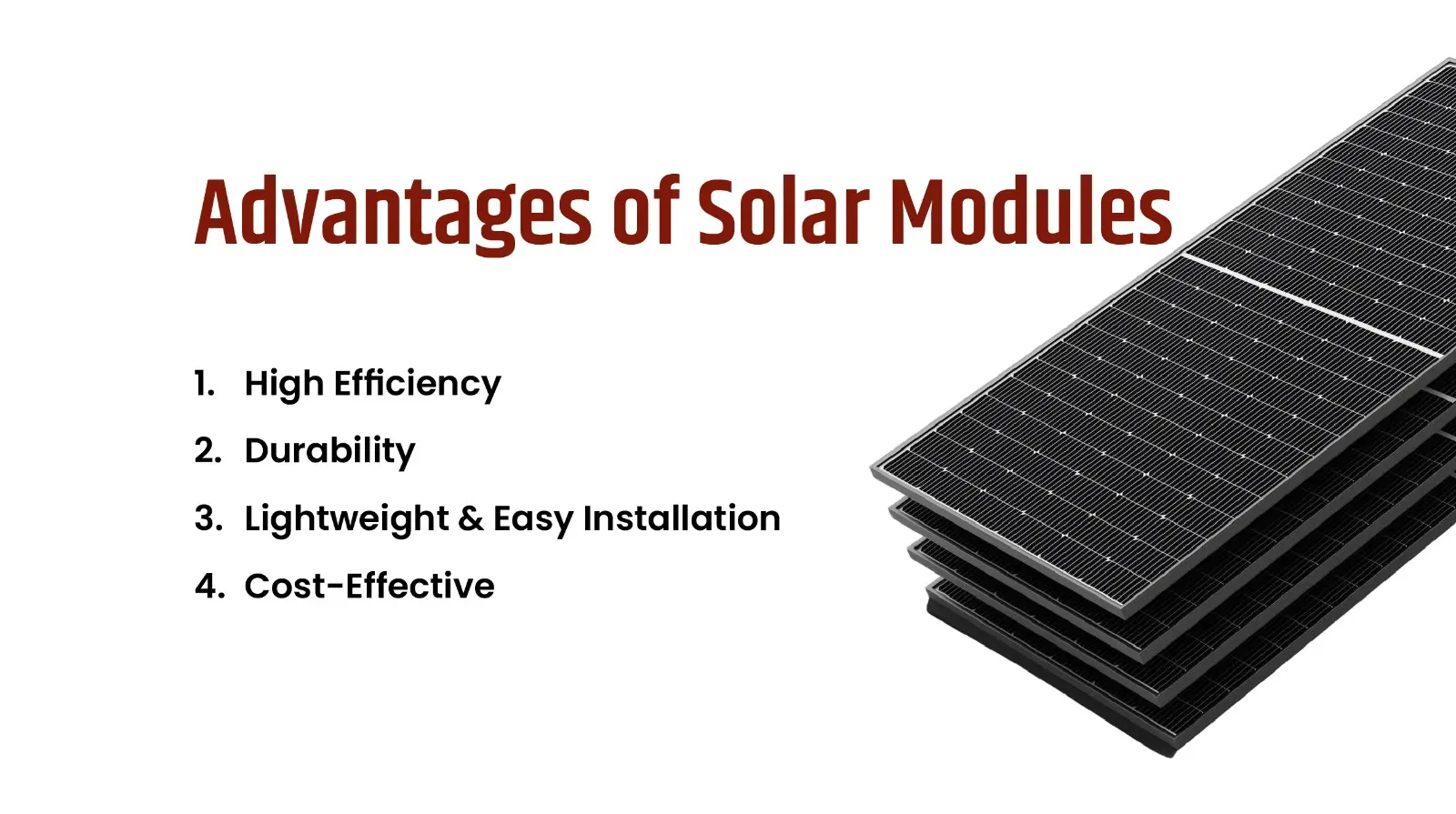Cells, Modules, Panels and Arrays
Solar power has been in continued use over recent years. Solar energy is prioritized over other forms of fossil fuels or non-renewable sources of energy. It is because of the clean and green energy which is produced from this method. Besides being environment friendly, it also benefits the home makers and individuals. Solar energy is cost-effective, depending only on the reliability of the energy of the sun. The installation of a solar power system on the rooftop of your house is a complex process. However, with KLK Ventures, you need to be free of any worries. The management and installation process becomes easier by trusting the efficient team members.
Before you begin the process of installing a solar system, it is necessary that you know how the system works. This will help you in selecting the best and efficient system for yourself. The present blog will explain to you how solar power works by explaining the difference between solar cells, modules, panels and arrays.
What is a Solar Cell?
A solar cell is the primary component needed for the construction of a solar panel. It converts the energy of the sun from light to electricity cells. These are also known as photovoltaic cells and work by generating electricity. Solar cells are generally made of silicon, a semiconductor. These cells alone cannot generate enough power for consumption, so they are interconnected to form a module or a panel.
There are different solar cell types used for their distinct purposes and applications. They are monocrystalline, polycrystalline, thin-film and perovskite solar cells.
How do Solar Cells Work?
Solar cells are generally made up of two layers of silicon, which is a semiconductor material. The two sides create an electric field. When the sunlight hits the surface of solar cells, photons react with the electrons in the solar cells and cause a movement in them. This movement helps in generating an electric current.
To know more about the process, along with other details, you can read about solar photovoltaic cells.
What are the Advantages of Solar Cells?
- Solar cells are very efficient depending upon the material type, cell quality and environmental conditions.
- These cells also help increase the efficiency of your system.
- They also help create green energy, which has made solar energy more popular over recent years.
What is a Solar module?
Solar modules and solar panels are names often used interchangeably. A solar module is an individual solar panel or a collection of interconnected solar cells. Solar cells, as we know, are employed to produce electricity. When they combine to form a module or array, it is used to supply extensive power to buildings. A solar module has higher efficiency and power output than solar cells. This leads to more energy production.
Solar modules are used for purposes like commercial buildings and homes. These are what makes energy generation in good amounts possible. More cells mean more sunlight absorption!
4 Key Advantages of Solar Modules

- These modules are highly efficient.
- Durable enough to withstand adverse weather conditions
- They are light in weight and easy to install.
- They are also cost effective.
What are Solar Panels?
Solar panels are what we call innovative devices made with a combination of two or more solar modules. One solar module is not enough to supply the entire house, so we have to assemble them together in the form of larger solar panels. These panels help in converting sunlight into electricity or simply trap the heat just like any solar module.
Solar Panels consist of multiple solar cells, which consist of silicon. It generates the direct current (DC), which should be transformed into alternating current (AC) in order to be used in homes.
What are the Advantages of Solar Panels?
- Solar panels produce clean and green energy
- Often requires very little maintenance
- It is independent of other sources of energy.
- It also leads to a reduction in Electricity bills.
There are many other reasons why solar panels are beneficial. You can install them to get the most benefits and help the environment as well.
What is a Solar Array?
A solar array is a collection of solar panels or modules and is helpful in generating large amounts of electricity. The installation of a solar array and the number of solar panels required for it depend on various factors - the purpose and the electricity consumption rate. As the panels are stringed together, the wires are connected into one main output, this helps in easier connection to the solar inverter.
4 Key Advantages of Solar arrays
- It allows greater power generation.
- Initial investment may seem higher, but in the long run they prove to be really beneficial and cost effective.
- Useful for both residential and commercial areas.
- Solar arrays are very environmentally friendly and sustainable. They produce clean energy without contributing to pollution.
Conclusion
Solar cells, modules, panels and arrays are all important for a solar power system to function well. They all have distinct features and purposes, which makes you understand properly the installation of a solar system. It might seem to be complex at first. However, when you understand it by breaking it into smaller parts, they are very simple. KLK Ventures makes this installation process even easier. Our skilled professionals will assist you in the installation and subsequent management of the system. Solar power is the need for the future of green energy. Be a part of creating an environmentally friendly world by taking advantage of solar power systems.
FAQs
1. What is the average lifespan of solar panels?
Solar panels have a lifespan of 25 to 30 years. The efficiency decreases with time. However, this also depends on the kind of product and company on whom you are relying.
2. How are solar panels held together in an array?
Solar panels are connected together in an array either in series or parallel connection. It depends on the amount of voltage and energy requirements.
3. Can solar panels work on cloudy days?
Yes, they will function, but the efficiency will be less. Solar panels on very cloudy days will generate 10 to 25 percent of the overall output.
4. What is the space required for the installation of a solar array?
The space depends on the energy needs. A larger solar array requires more solar panels. This will require more space. A home solar system may require 300 to 350 square feet of space.
